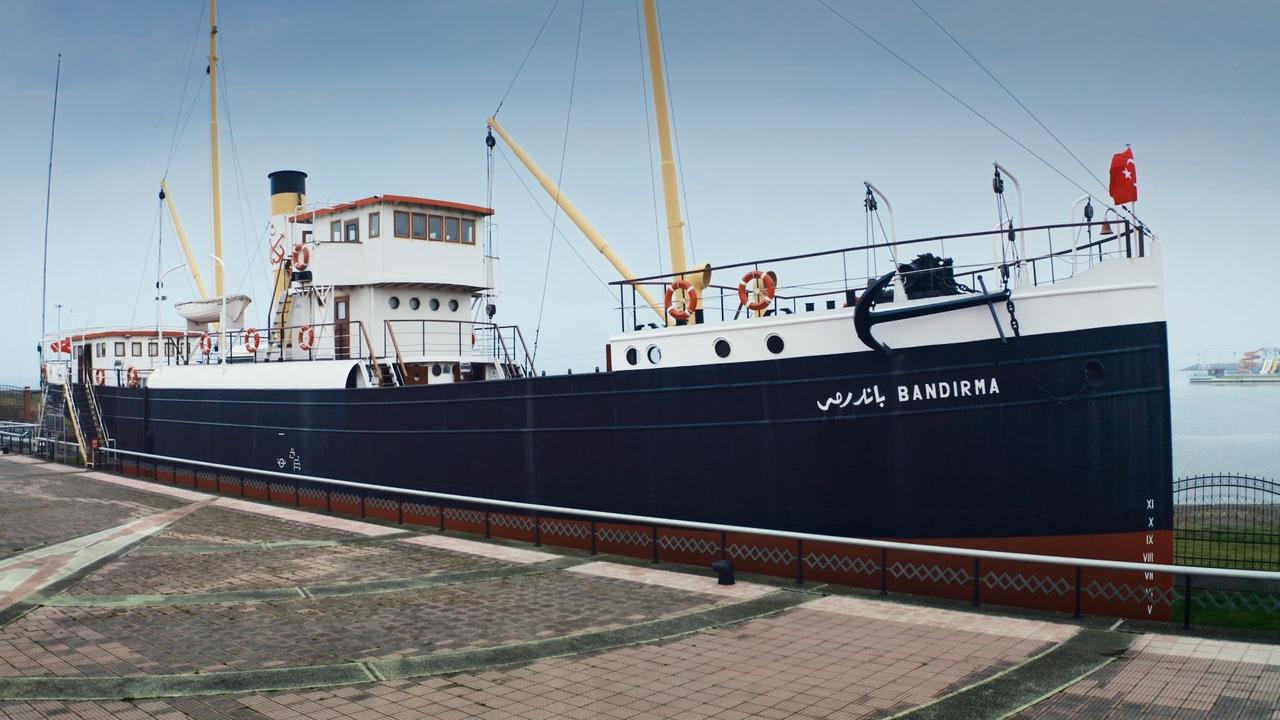
The date May 19, 1919, immortalized by Mustafa Kemal Pasha's famous line in Nutuk—“I landed in Samsun on May 19, 1919”—is officially regarded as the beginning of the Ankara-based resistance movement. But according to Professor Ekrem Bugra Ekinci, the real story is far more intricate, involving British intelligence, Ottoman diplomacy, and an empire on the brink.
World War I had ended disastrously for the Ottoman Empire. The government was forced to sign the Armistice of Mondros. Allied powers soon began occupying Anatolia, triggering widespread outrage across the country. Congresses formed in various cities to decide how to resist the occupation—many led by remnants of the once-dominant Ittihat ve Terakki (Committee of Union and Progress).
While the empire teetered, Sultan Vahideddin remained hopeful that diplomacy, not war, could save the country. He feared that defying Britain—now the world’s sole superpower—would only make things worse. Yet even he understood the need to unify the fragmented resistance into a single command, to use it as leverage in upcoming peace negotiations.
As tensions flared between Turks and Greeks in the eastern Black Sea, the allies insisted a high-ranking Ottoman officer be sent to restore order—but only one who was neither a German sympathizer nor an Ittihat fan. Out of the few eligible candidates, the recently returned and unemployed Pasha—Mustafa Kemal—fit the bill.
He had already convinced the Sultan of his loyalty. Once hopeful to marry into the royal family and become minister of war, Kemal had built diplomatic ties with both Italian and British officials, distancing himself from his Ittihatci past. Through his contacts—including British journalist-spy Ward Price and intelligence officers at Pera Palace—he gained favor with London.
Through connections at the palace and the government—including future rivals like Damat Ferid Pasha—Mustafa Kemal was appointed Inspector of the 9th Army. He was granted sweeping powers, including the authority to dismiss governors, and given funds, horses, and vehicles to aid his journey.
Before his departure, the Sultan allegedly said: “Pasha, your past service is known. But what you’re about to do may matter even more. You might save the state.” While this phrase is interpreted differently by ideological groups, Ekinci argues that both the Sultan and the people were not seeking war—rather, a political edge against the allies.
When Kemal stepped off the ship in Samsun on May 19, 1919, the people saw him as a savior. Many believed he had a secret mission from the palace. But his actions suggest hesitation. He delayed his departure, uncertain whether the palace was using him to remove a potential threat from Istanbul.
Once the Greek army landed in Izmir on May 15, he realized the gravity of the situation. His journey through Havza and Amasya led him to the Erzurum Congress, where he initially faced distrust from fellow nationalists—many of whom viewed him as an outsider or even a threat. Only with Kazim Karabekir’s military backing was he able to join the movement.
Despite warnings from the Istanbul government—likely under allied pressure—Mustafa Kemal refused to return. He was dismissed from the army. It was then that Kazim Karabekir declared loyalty to him, a critical moment that marked the true beginning of the Ankara movement.
Ekinci emphasizes that neither the sultan nor Mustafa Kemal initially sought a national resistance movement. The romanticized idea that Kemal secretly defied orders to spark a revolution is a post-republic narrative. In reality, he chose to lead once it became clear that British plans for a protectorate in Anatolia were moving ahead—and the Sultan’s strategy was collapsing.
In the end, Sultan Vahideddin's attempt to control the nationalist movement backfired.